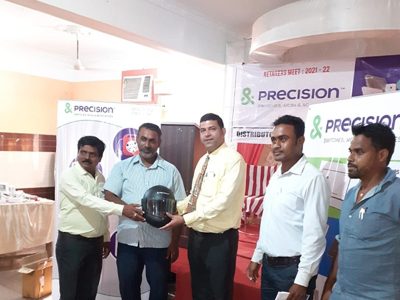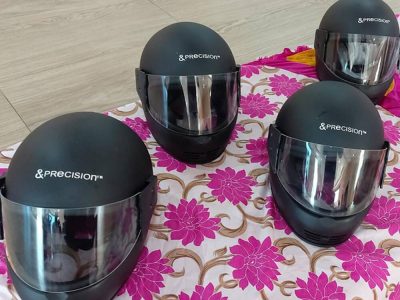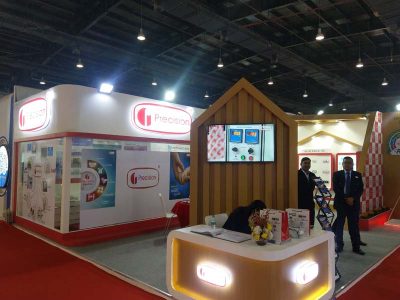
Energy Efficiency Benefits of Modular Switches: Saving Power and Reducing Costs
February 28, 2024
Electrical Design Considerations for Commercial Spaces: Efficiency, Functionality, and Aesthetic
March 27, 2024The Evolution of LED Technology: Benefits and Applications
The evolution of LED (Light Emitting Diode) technology stands as a testament to innovation and sustainability. From its humble beginnings to its widespread applications across various industries, LED technology has transformed the way we illuminate our world. Let’s delve into the fascinating journey of LED technology, exploring its benefits and diverse applications across numerous industries.
The Origin of LED Technology
LEDs were first introduced in the 1960s, primarily for indicator lights and displays. These early LEDs were limited in color and intensity, making them ideal only for certain applications. However, advancements in semiconductor materials and manufacturing techniques paved the way for the development of brighter, more energy-efficient LEDs in the following decades. LEDs are incredibly long-lasting, color-producing, and efficient. LEDs are now widely employed for a wide range of applications, including digital display powering and home and office lighting.
Advancements and Innovation
Over the years, significant advancements have been made in semiconductor materials and manufacturing techniques have pushed LED technology forward. These advancements have led to the rise of LED lights that are capable of emitting a broad spectrum of colors, including green, blue, and white. The introduction of blue LEDs in the 1990s was particularly pivotal as it enabled the creation of white LEDs through phosphor conversion, revolutionizing the lighting industry.
Benefits of LED Technology
LED technology offers numerous benefits compared to traditional lighting solutions such as incandescent and fluorescent bulbs. LEDs have many advantages, one of which is energy efficiency. LEDs consume significantly less power than traditional lighting solutions while producing the same or higher levels of brightness, leading to substantial energy savings. Moreover, LEDs have a much longer lifespan, lasting up to 25 times longer than traditional bulbs, which reduces maintenance costs.
LEDs are environmentally friendly, as they contain no hazardous materials such as mercury typically found in fluorescent lamps. Because they produce less heat, they are also safer and more comfortable to use. Moreover, LEDs offer superior durability and resilience, making them ideal for outdoor and rugged environments.
Applications of LED technology
Due to its adaptability, LED technology is now widely used across various industries and applications. LEDs are used in residential, commercial, and industrial settings for general illumination, architectural lighting, and decorative purposes in the lighting sectors. They are also widely used in automotive lighting, providing brighter and more energy-efficient headlights, brake lights, and indicators.
LEDs have found applications in electronics, displays, signage, and horticulture in addition to lighting. LED displays are widely used in smartphones, TVs, and digital signage because they offer vibrant colors and high contrast ratios. LED grow lights in horticulture offer tailored lighting solutions for greenhouse and indoor farming, enhancing plant growth and yield.
The Role of Electrical Accessories and Manufacturers
Electrical product manufacturers, including modular switch manufacturers in Mumbai, play a crucial role in advancing LED technology. Electrical accessories such as switches, sockets, and dimmers are essential components of lighting systems, facilitating control and customization. Manufacturers in Mumbai leverage their expertise and infrastructure to produce high-quality electrical accessories that complement the efficiency and performance of LED lighting solutions.



































































